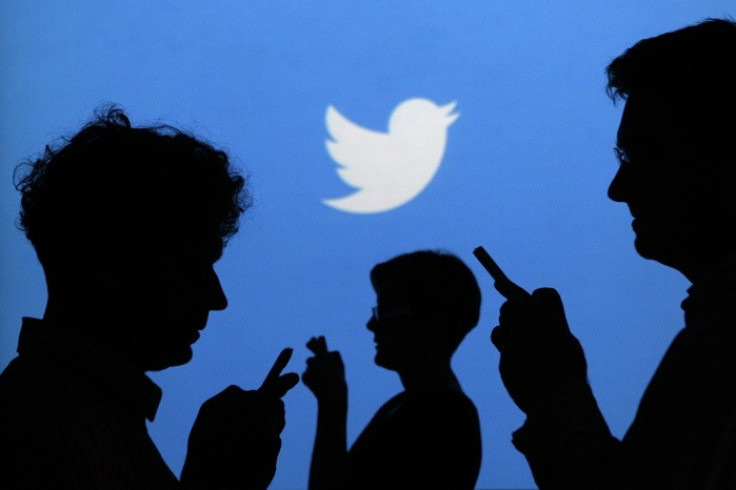Twitter IPO: Questions Surround Advertising Model

As investors watch keenly the clock counting down to Twitter's initial public offering in November, there remain a number of questions over the popular social media website's advertising model.
While Twitter said it wants to raise $1bn (£626m, €736m) from its IPO, many tech industry analysts have valued the firm at far higher after its flotation, with some even saying it could reach a market capitalisation in excess of $20bn.
All of this is on current revenue of $253.6m and a net loss after tax of $26.9m. Therefore the value is seen in Twitter's potential to grow its advertising revenue and turns its 200 million plus monthly active users, a number that soars by the day, into a profit.
However, as the Wall Street Journal points out, there is little detail on Twitter's current advertising set-up in its S-1 filing to the Securities and Exchange Commission (SEC) to notify regulators of its impending IPO.
"Any VC worth her salt would want to know: How many advertisers are there and who are they? What's the average size and duration of most ad campaigns? How many of those advertisers renew?" writes Dennis Bergman, WSJ's business editor.
"She would also want to see spreadsheets detailing the number and cost of salespeople, to understand how Twitter can "scale" across the world, in the tortured argot of VCs.
"Remember, these advertisers are truly Twitter's customers. And how much detail does the S-1 provide about them? You know the answer that's coming.
"Not a peep on advertiser numbers, quality, or renewals. Not a peep on the sales force, except to state that there will be a 'significant increase' to the sales budget that exceeded $77m for the first six months of 2013.
"Not a peep showing the actual effectiveness of Twitter's advertising, save for stating that more effective ads will bring in more money. Fancy that."
Still, the analysts and investors are certain the potential is there. Twitter has highlighted mobile advertising in particular as an area it is focused on and, looking at the projections, it's easy to see why. It also accounts for almost two-thirds of Twitter's revenues.
Tech research firm Gartner forecasts global mobile advertising revenue to jump from $9.76bn in 2012 to $24.56bn in 2017. Twitter, with its enormous mobile user base, is well place to capitalise on this growth.
Moreover, online advertising revenues are set to rocket. Digital TV Research projects global online advertising spending to reach $143m in 2017, up from 2010's $66m.
"When investors look at Twitter, it will be important to look at what the company could look like several years out, and what is driving the company in that direction," said Robert Peck, tech industry analsyt at SunTrust Robinson Humphrey, in a note.
"Much like Facebook one year ago, Twitter is in the nascent process of rolling out new products for consumers, as well as advertisers. We think this will drive near term revenue growth ~100% to ~ $1.2bb in 2014. In addition, like with Facebook, the optionality of Twitter's reach (~215m active UVs) creates great financial and business model leverage."
© Copyright IBTimes 2024. All rights reserved.






